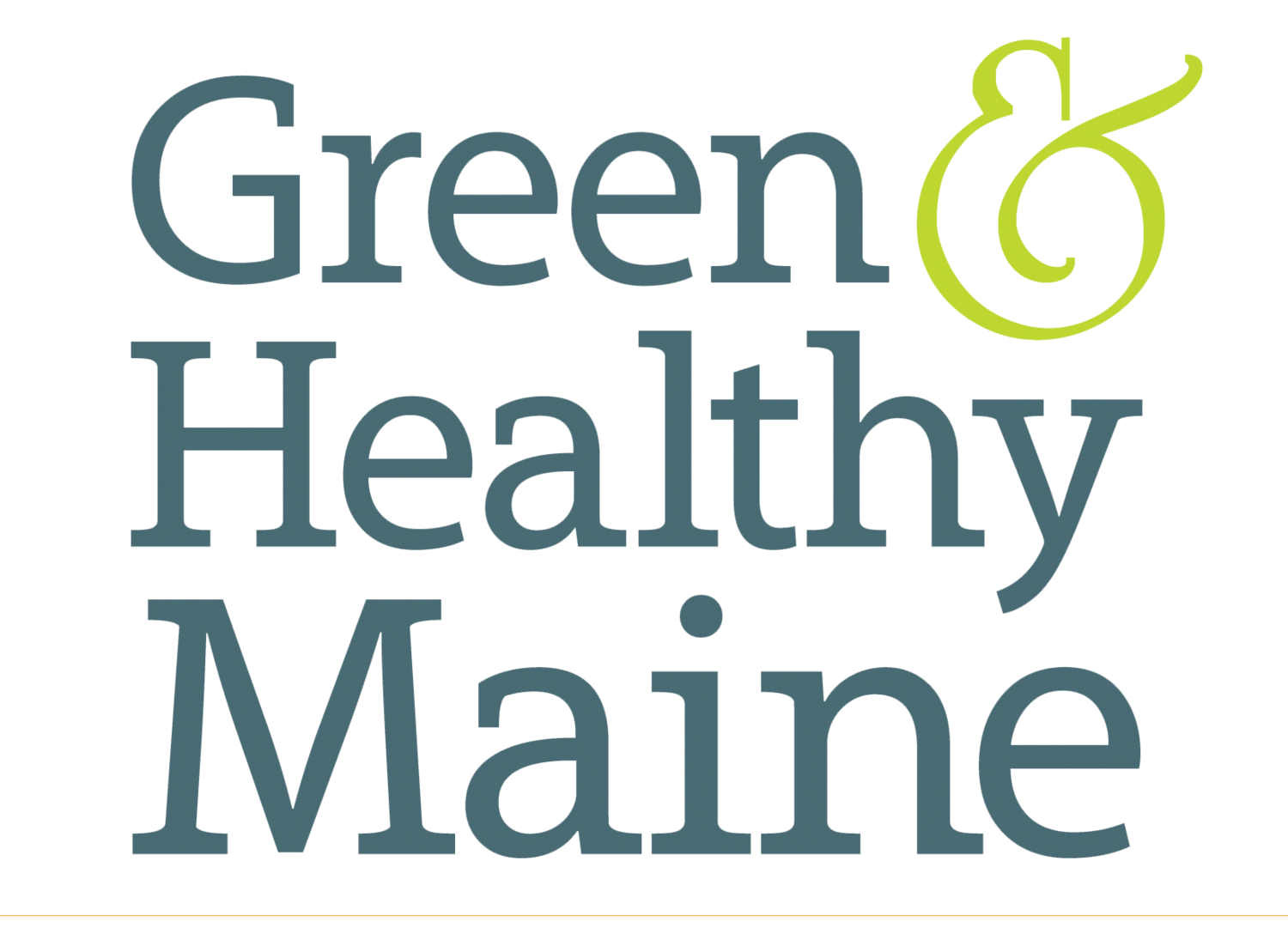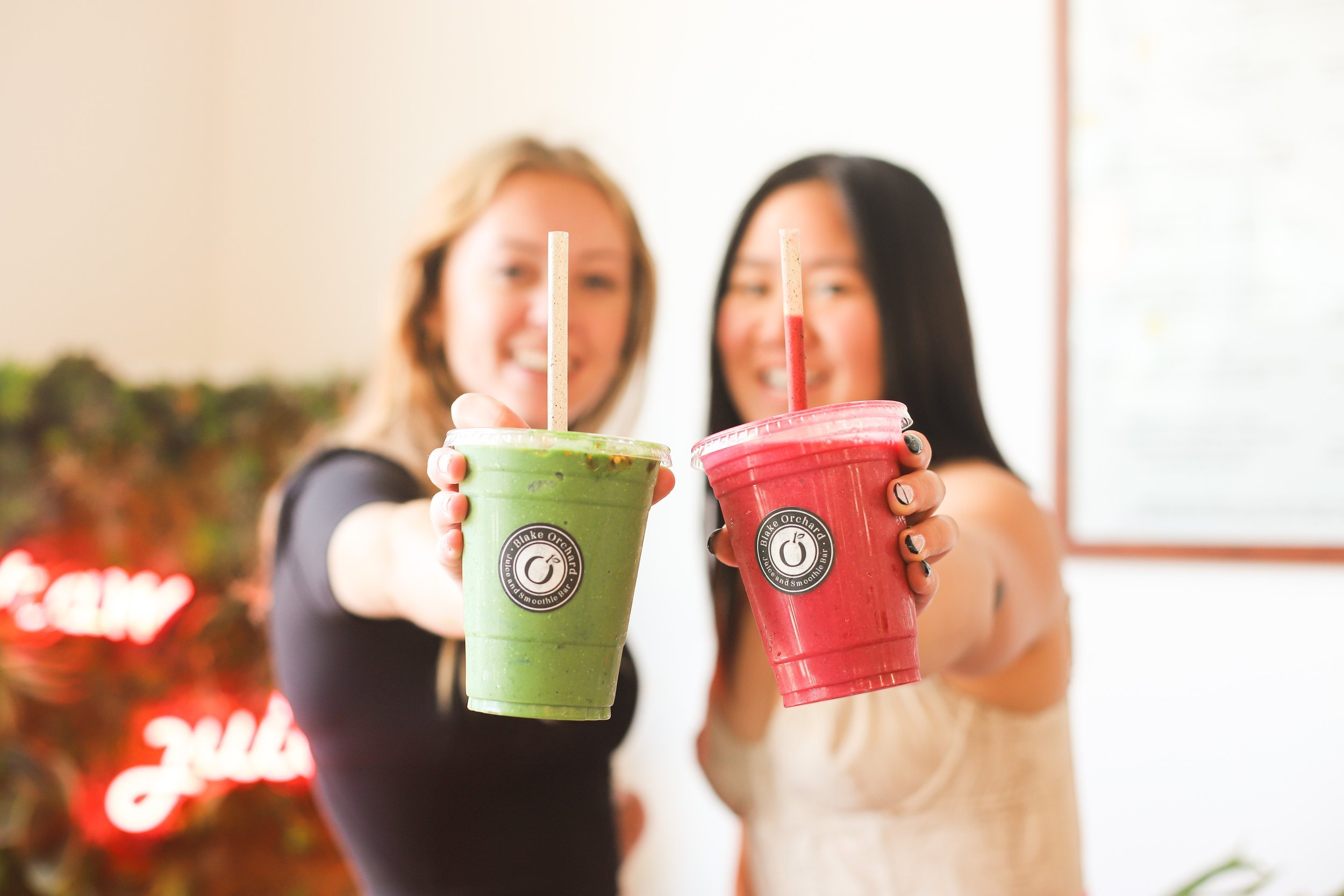Ten easy ways to eat more plants
By Avery Yale Kamila
Do you know anyone cutting down on the amount of meat, dairy and other animal products they eat? If so, you’re not alone.
According to a 2022 survey conducted by YouGov for the Baltimore-based Vegetarian Resource Group, 63% of American adults reported regularly opting for vegetarian or vegan meals instead of meat-based meals. This is a jump from 37% in a previous poll in 2016. While a growing number are vegetarians, the vast majority of these people are omnivores who’ve made a habit of enjoying plant-based meals.
It’s no wonder more people are eating veg food. With grocery stores stocking tasty new plant-based options and restaurants serving them, cutting down on animal products has never been simpler. Here are ten easy ways to eat more plants:
1. Adopt Meatless Mondays
Start the week with plants. Now an international happening, Meatless Mondays have their roots in a U.S. World War I promotional campaign and were brought back to life in 2003 by the John Hopkins Bloomberg School of Public Health. Visit meatlessmonday.com for recipes, newsletters and resources.
2. Start the day with plants
Going plant-based at breakfast is as easy as adding almond milk to your cereal. Or get creative and make protein-packed smoothies, overnight oats, chia puddings, avocado toasts, chickpea frittatas or tofu and potato breakfast burritos.
3. Order veg when eating out
Choose a vegetarian or vegan meal when you dine out. Many restaurants have expanded their veg offerings, making this a smart way to both explore vegetarian food and gather ideas for new plant-based dishes to make at home.
4. Swap in plant-based meats
Realistic plant-based meats are made for people who enjoy traditional meat and offer a quick way to eat more plants. All you do is buy the burgers (or sausages or deli slices or chicken tenders or fish sticks) labeled plant-based and use them the same way you would the meat-based variety.
5. Learn to make veggie burgers
Basic vegetarian burger recipes are flexible and budget-friendly. Try this: mix cooked grains (such as oatmeal or sticky rice) with mashed beans (or pureed nuts/seeds), panko bread crumbs (optional for extra stickiness) and seasonings; form the mix into patties and fry on a hot skillet. Serve on a bun or piece of toast.
6. Embrace beans
Beans are a fiber-rich protein powerhouse and a cornerstone of traditional plant-based diets the world over. Enjoy beans in tofu, tempeh, miso, hummus, falafel, edamame, soy milk and bean-heavy dishes, such as vegetarian baked beans and three-bean chili.
7. Try VB6 (Vegan Before 6)
Eat vegan at breakfast and lunch and then after 6 PM indulge, within reason. New York Times food writer Mark Bittman invented this strategy, and his 2013 “VB6” book lays out the parameters and serves up recipes.
8. Take the Veganuary challenge
Jumpstart the new year by going vegan. Created by a British nonprofit, the challenge has now spread to Australia and the U.S. Visit veganuary.com for recipes, starter kits, dining out guides and news.
9. Eat one veg meal a day
Dedicate one meal each day to being totally plant-based. Visit the One Meal a Day site at omdfortheplanet.com for recipes, meal planners, pantry lists and success stories.
10. Become a reducetarian
The Reducetarian Foundation encourages people to cut down on meat, dairy and eggs and holds a yearly summit. Visit reducetarian.org for recipes or buy The Reducetarian Cookbook, published in 2018.
Eating Vegan & Vegetarian in Maine
Happy, healthy, sustainable. Subscribe to Green & Healthy Maine magazine!
Green & Healthy Maine is published by TheSunriseGuide, LLC. This article originally ran in the 2020 SunriseGuide.










Think that vegetarianism is a modern-day development? Think again! This exhibit at Maine Historical Society through May 2025 features stories and items from our vegetarian past going back three centuries.